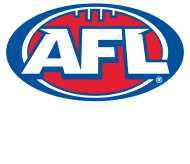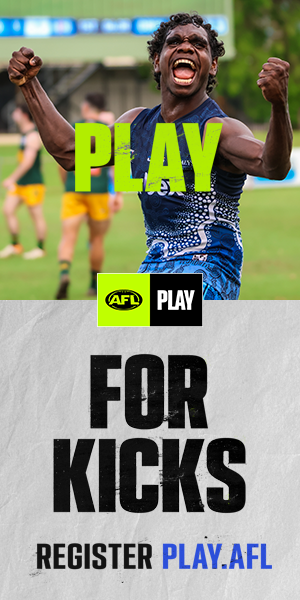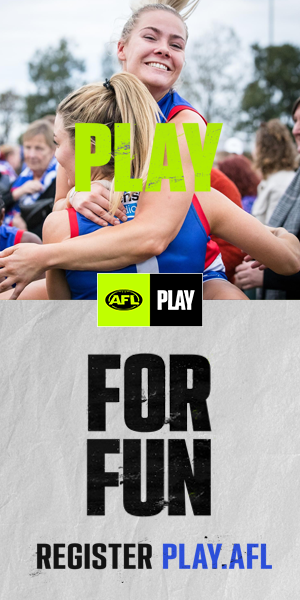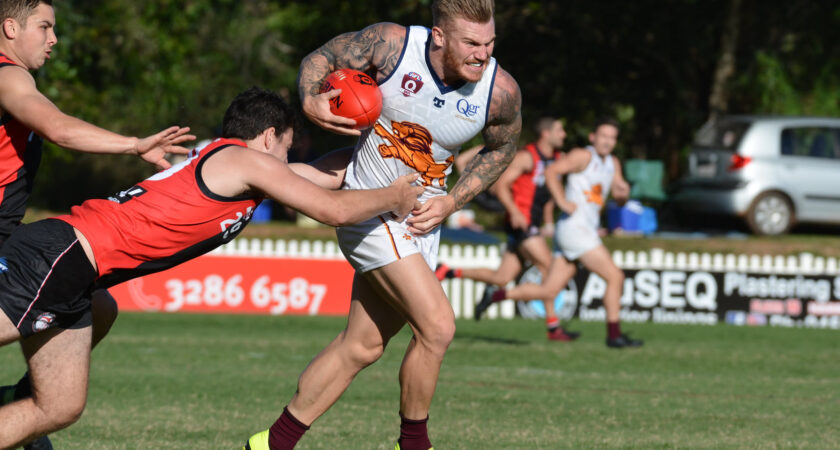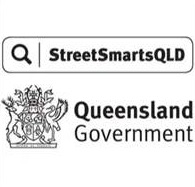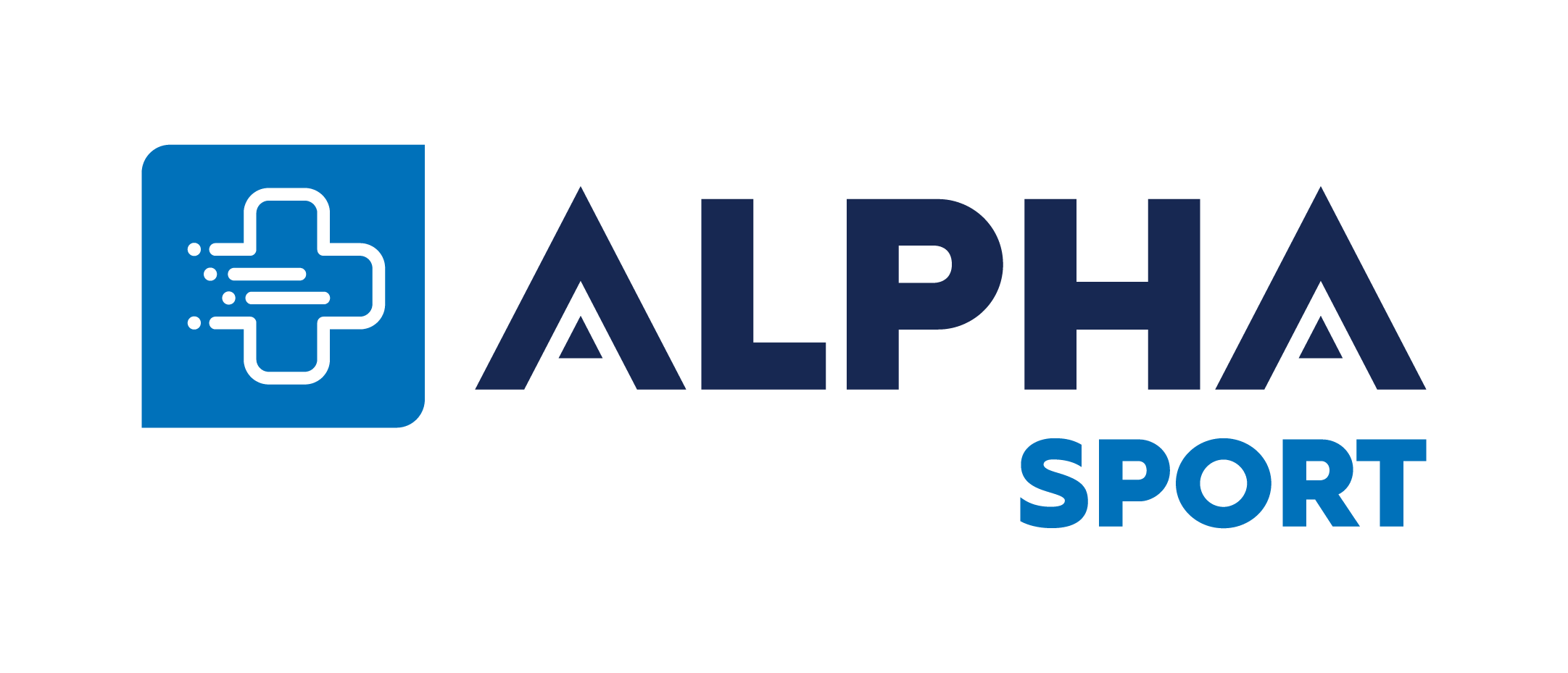The AFL has released its updated guidelines for the management of concussion in Australian football at all levels of the game outside of the AFL and AFLW competitions for 2021.
In considering the best practice management of sport-related concussion, the evidence-based guidelines have been developed by leading medical professionals and put the health and safety of state-league and community footballers first.
Under the guidelines, there is a clear process to be followed for players who have suffered a concussion to return to play, which includes a period of rest, symptom-limited activity, gradual increase in physical activity and a medical clearance prior to full-contact training. The guidelines also outline the process for clubs and players to follow when someone is suspected of having suffered a concussion.
In following these guidelines, the minimum timeframe in which a player can return to play in community football is on the twelfth day after the day on which the concussion was suffered, based on successfully completing the phases to return to play following a concussion and receiving a medical clearance as outlined in the guidelines.
Given the challenges and limitations in assessing recovery, including a lack of baseline testing and a medical doctor to oversee each stage of the graded return to football following concussion in community football, a more conservative approach may be required regarding return to play in a community football setting.
The timeframe for return to play is likely to be longer in children and adolescents, where a more conservative approach is important as it is recognised that recovery from concussion tends to be slower in this group. Medical professionals will ultimately determine when a player is ready to return to full-contact training and playing.
Whilst there has been some focus recently on evolving diagnostic tools such as ophthalmic tracking (the further research of which the AFL supports), the guidelines make it very clear that all post-concussion return to play decisions must be undertaken with the input of a medical professional. Eye scan tools may be a useful tool to add objective information to the concussion assessment (both in diagnosis and / or monitoring return to play). However, further scientific research is required to assess the potential of this tool and it should not be used in isolation and a thorough assessment by a medical doctor is required for diagnosis or return to play decisions.
The existing guidelines were reviewed and the current updated version for community football has been prepared by the AFL’s Chief Medical Officer Peter Harcourt and Deputy Chief Medical Officer Michael Makdissi. The consultative process in the development of these guidelines included meeting with other medical experts and representatives of state bodies.
The release of the updated concussion guidelines for community football follows the release of the updated version for AFL / AFLW in January this year.
AFL General Counsel, Andrew Dillon, said: “The updated guidelines reflect the AFL’s ongoing commitment to the health and safety of all players at each level of the game. Concussion is a serious issue and we will continue to treat it as such.
“The updated concussion guidelines for community football represent a significant step in the AFL’s existing record of ongoing improvements to its concussion management strategy that reflect medical research and other learnings over time.”
AFL Chief Medical Officer, Peter Harcourt, said: “The focus must be on ensuring that players pass through each of the steps safely (i.e. rest, recovery and a graded return), without a recurrence of symptoms, rather than simply progressing through a schedule.
“A player who shows symptoms or any signs of concussion during a match or training must be removed from the field of play and assessed, and must not return to that match or training session. The next step is that the player must be assessed by a medical professional, then move through each of the steps in the guidelines, and finally receive medical clearance prior to returning to full-contact training.”
In general, children and adolescents (aged 5-17) require a more conservative approach from adults because their brains are developing. As such, the priority is not just player welfare and return to sport, but a critical element is return to school and learning.
The AFL-approved concussion management app HeadCheck (www.headcheck.com.au) should be utilised to recognise and assist in the management of any suspected concussion for both adults and children.
HeadCheck was developed in collaboration with the Murdoch Children’s Research Institute and a panel of sport-related concussion experts led by Professor Vicki Anderson.
The full document, ‘The Management of Sport-Related Concussion in Australian Football’, is available here.
